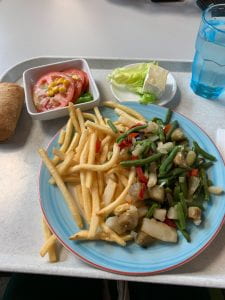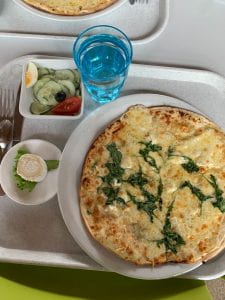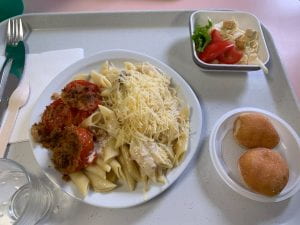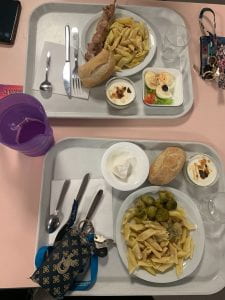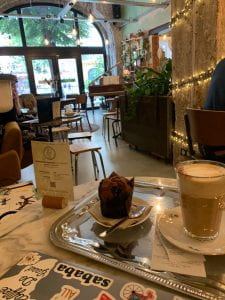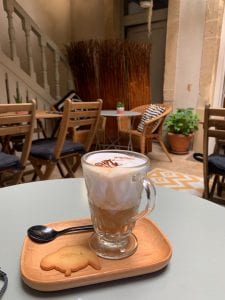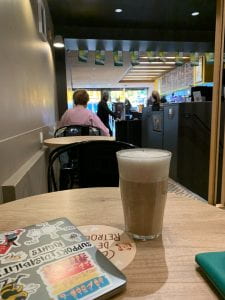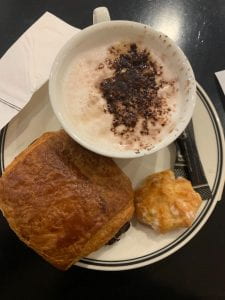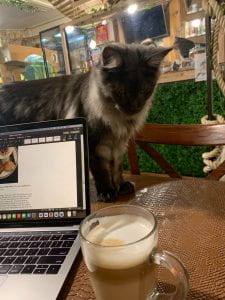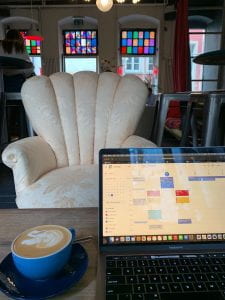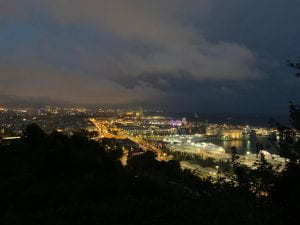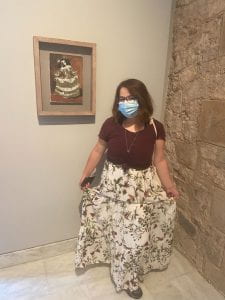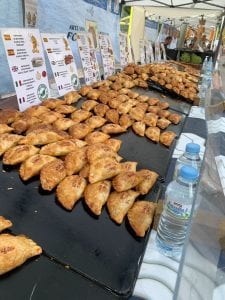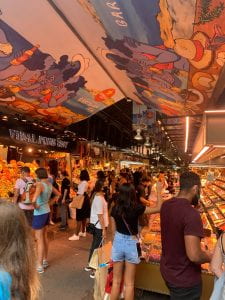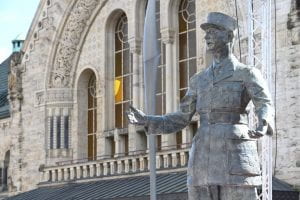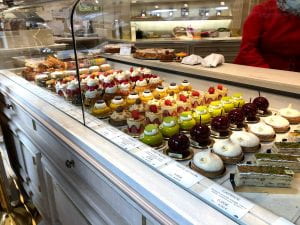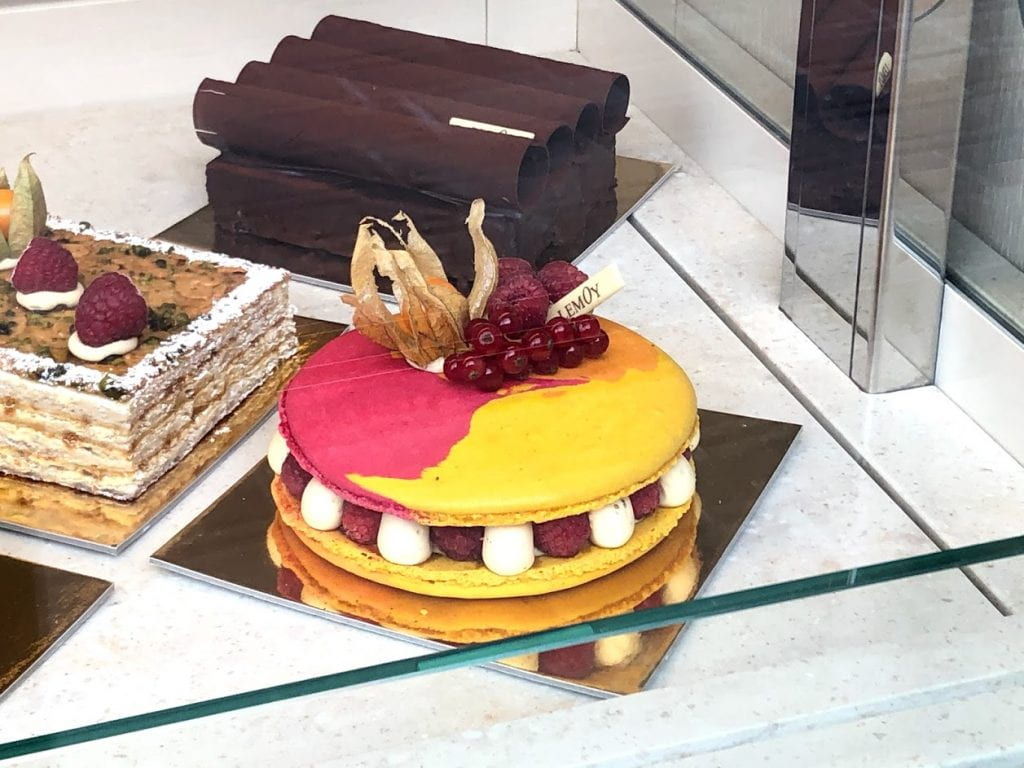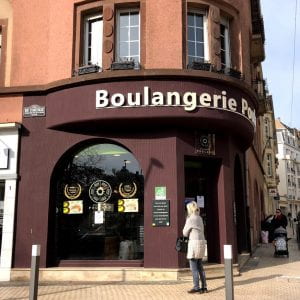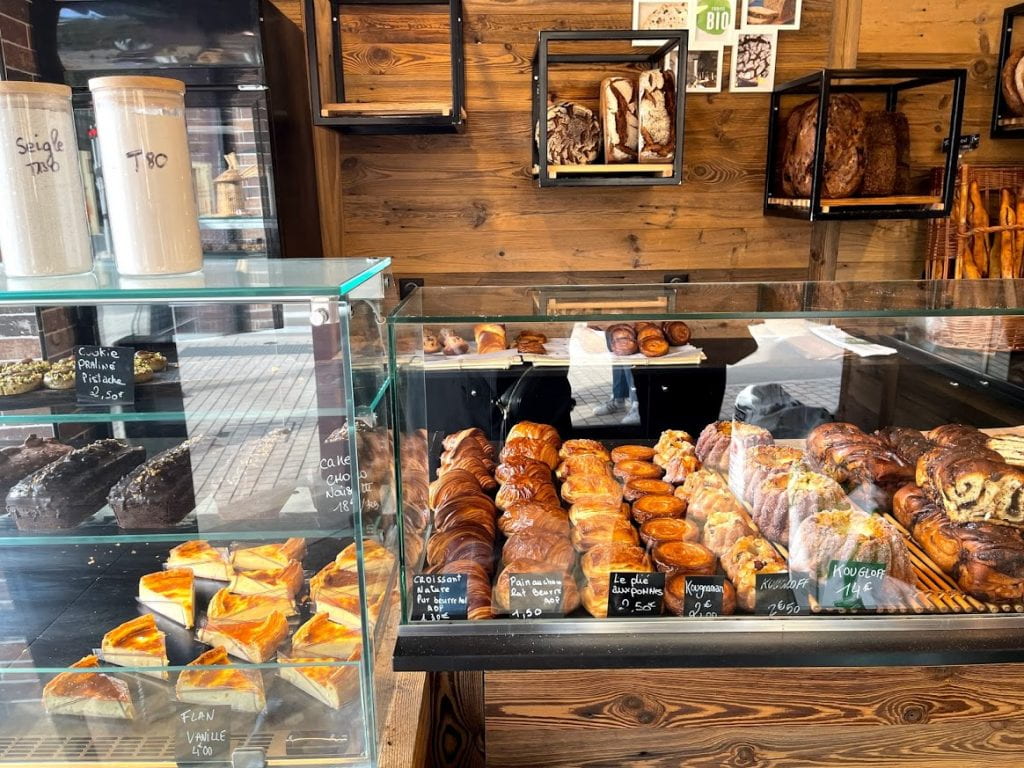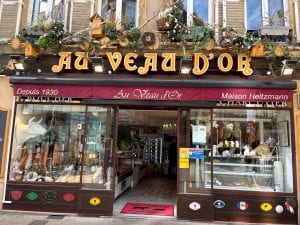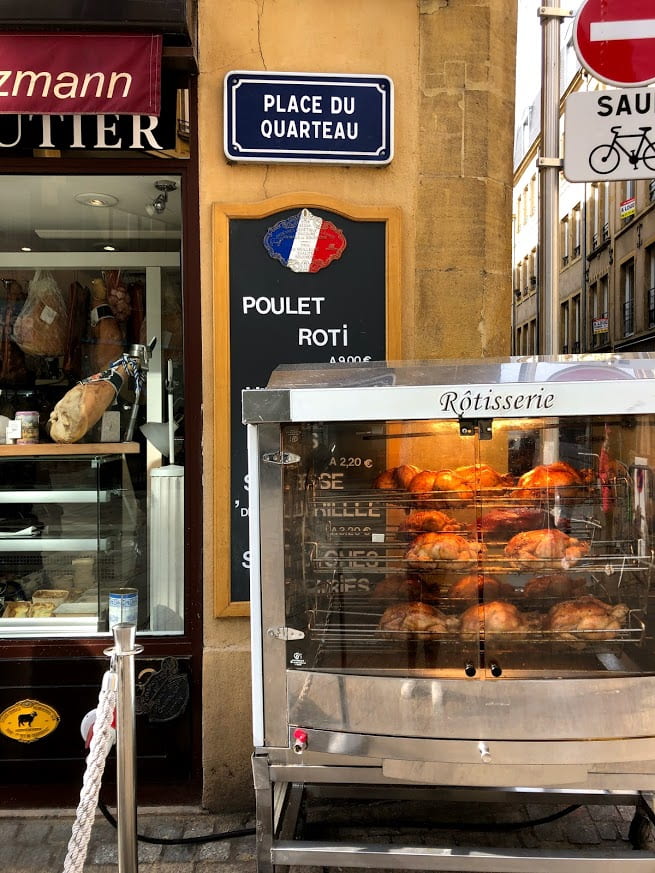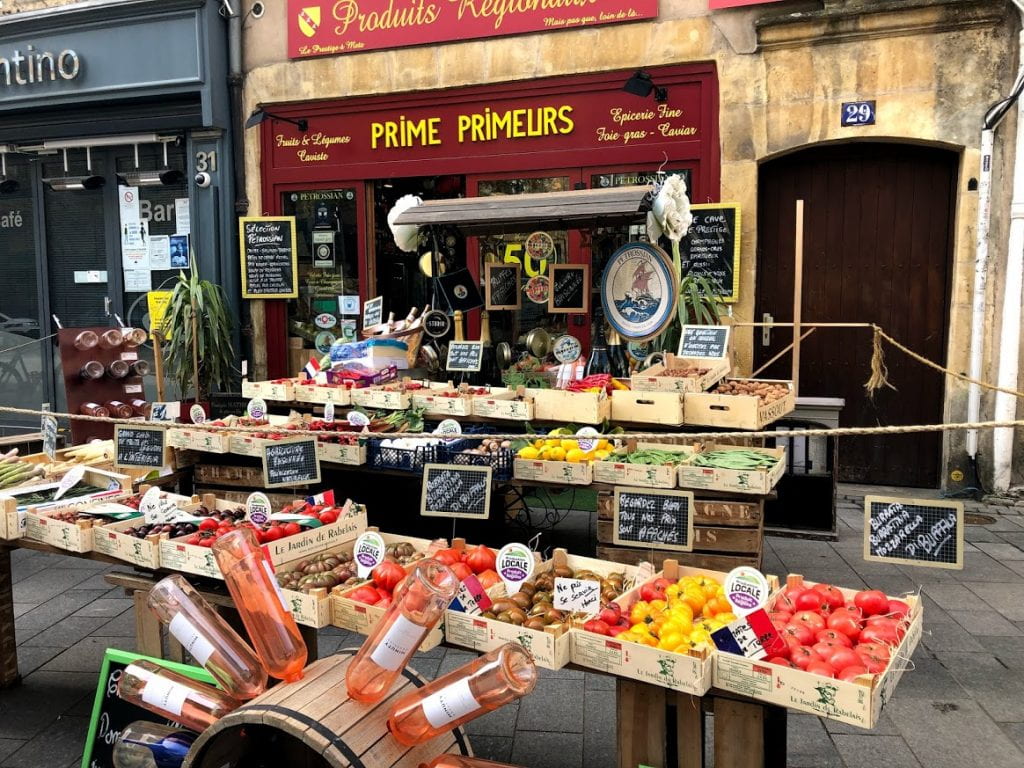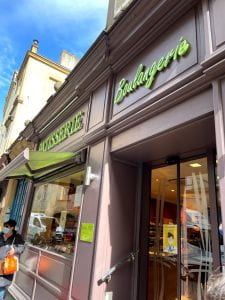Written by Lillian
October 3, 2022
When I was younger, my mom took my sister and me on a trip to Italy to explore our Catholic heritage. One of the cities on our itineraries was Venice, Italy, the city of canals. However, our experience was anything but pleasant: we got most of our entire travel savings pick-pocketed on the Rialto Bridge! And so Venice was definitely not my favorite city after that incident. Now that I am a little older and wiser, I decided to revisit the city. My travel group woke up bright and early to catch the train to Luxembourg to board a plane to Venice on Friday morning. When we got into the city, we took the water taxi to travel to the island.
After disembarking, I was on the hunt for tiramisu. Tiramisu is my all-time favorite dessert, so I was looking for the real deal, and fun fact, tiramisu was said to be invented about 20 miles from Venice in the city of Treviso! It was a lot easier than I expected as literally every restaurant was selling some. We zig-zagged around the labyrinth of thin alleys and large squares that filled the island. In Venice, the canals take precedent: the alleys funnel pedestrians across the few bridges that cross the canals. We decided to go sight-seeing in St. Mark’s Plaza as it started drizzling. Since the plaza is below sea level, elevated walkways were set up to allow pedestrians to avoid walking in a few centimeter-deep puddles. There were a couple of orchestras playing for local cafés that filled the square with classical music. That paired with the dozens of umbrellas, the misty haze, and peacefully empty plaza made for such a cinematic aesthetic: it felt like I was in a romance movie waiting for a cloaked figure to emerge from the heavy fog to sweep me off my feet.
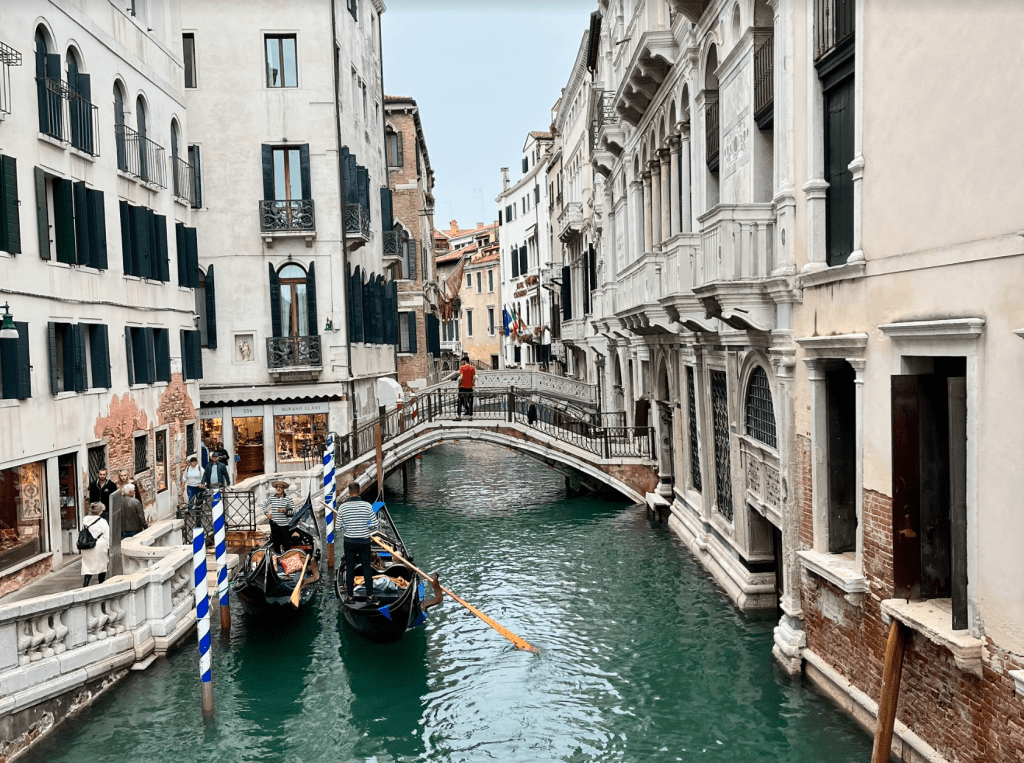
The canals of Venice from one of the bridges.
It was pouring by the time we got back to our hostel, but we still needed to find dinner. We ended up walking around mainland Venice in search of pizza with sit down service. After finding our fourth location and when our shoes were completely soaked through, we finally stopped at a place that had whole personal pizzas for €6. I tried this interesting combination of kebab, lettuce, and tomatoes on a margarita pizza.
The next day, we headed back out to the island. We stopped at a café for cappuccinos and pastries. After dining for a little bit, we headed to ride in a pair of gondolas. The gondola service in Venice is set at a standard price based on the time of day— €80 for daytime and €100 for nighttime— for a maximum of five people per every 30 minutes. The gondoliers are required to wear the iconic black, blue, or red stripes to denote that they are part of this service; all other gondoliers are private and may cost differently. We floated down the Grand Canal as our gondolier explained the sites and history of Venice. He also told us that he has served as a gondolier for the past 26 years! The biggest stand out were the rising water levels because of the rain. There was not a lot of height to go under the bridges, and oftentimes the water would spill over the pathways and plaza from the canals showing the impact of rising sea levels on the small canal city.
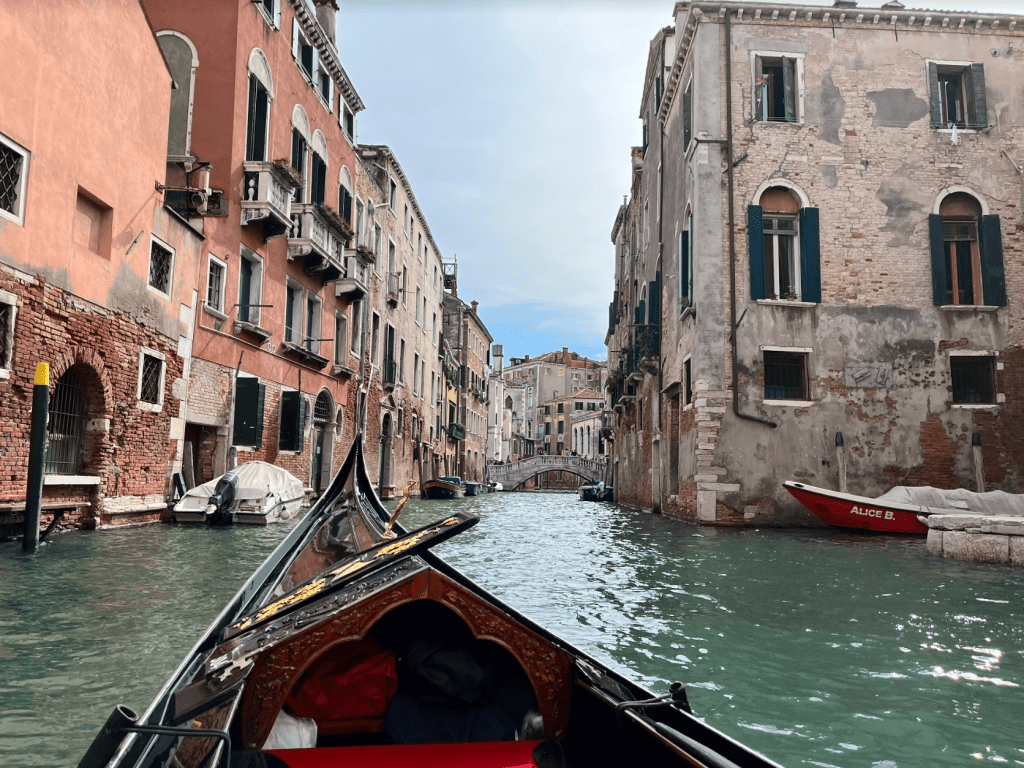
We learned from our gondalier that the city of Venice is actually very green although you cannot see it when walking through the alleys. Most of the gardens are private for use only by the residential blocks.
After our ride, we went sunset searching on the Western portion of the island. The sunset was gorgeous: the buildings were splashed with the orange glow of the sun as the sun slowly retreated below the horizon. Once the sun disappeared completely, the city changed: the alleyways became quiet and dark, only being lit by a handful of streetlights. The canals that were once a bustle of activity carried singular gondolas that slowly and calmly drifted through the water. We stopped for pizza at Birraria La Corte which was recommended by our gondolier— we even saw him dining there at dinner time.
The next day, we trained to Milan for a quick layover as we headed back to Metz. I will admit, Milan was way different than what I was expecting. The city was becoming very modern with tons of construction happening around every corner to build large skyscrapers and office buildings. One of the only relics of its historic and medieval past is a castle at its heart where wild cats roam around in the dry moats. At the Sforzesco Castle there was a farmers’ market funded by the agricultural society. There were booths of farmers selling their cheeses, olive oils, and tomato sauces. Even better, the entire museum and festival was free! Afterwards, we got some gelato (I got tiramisu gelato of course), and it was some of the best that I have had in Europe!
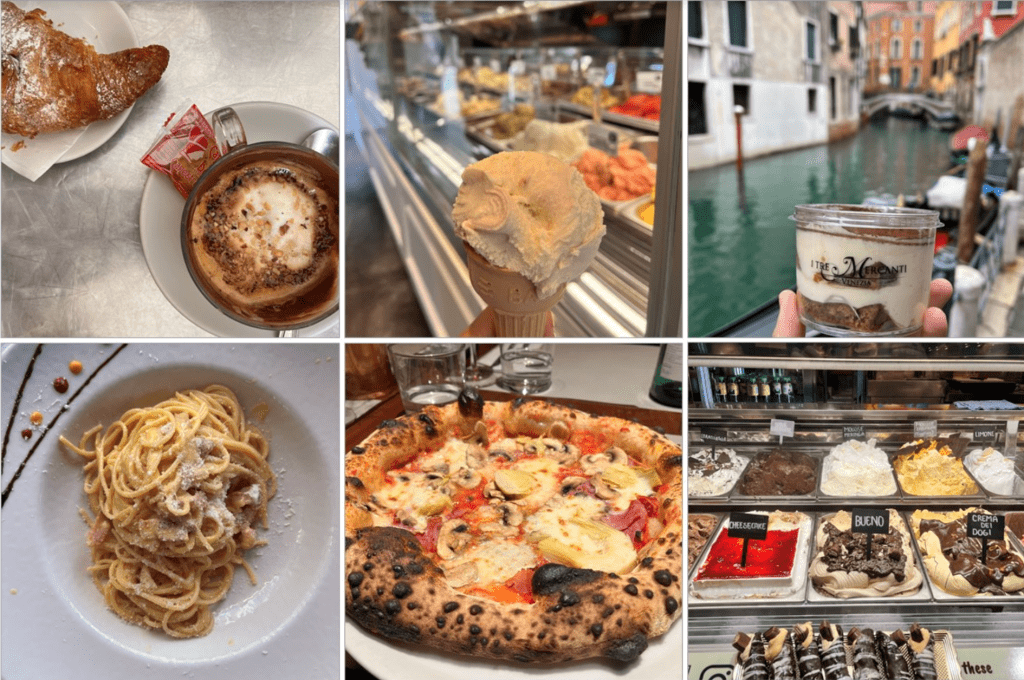
From the top left going clockwise: a mochaccino and croissant, tiramisu gelato in Milan, the real-deal Italian tiramisu, a wide selection of gelato flavors at a vendor ranging from Stracciatella (milk with chocolate shavings) to Nocciola (hazelnut), Pizza Capriccioso (prosciutto-mushroom-artichoke) from Birraria La Corte, and spaghetti carbonara.
Overall, Venice surprised me. After getting pickpocketed there when I was younger, I always dismissed the city. The small pieces that I remember from my childhood were always looked down on with contempt. During this trip, I really focused on paying attention to my belongings and my surroundings: which were gorgeous! I did not remember Venice being so pretty and navigating through the maze of winding streets was an adventure as I stumbled upon empty narrow alleyways and ducked through some of the low entryways. When night fell on the city, the streetlights cast a romantic glow on the colorful worn buildings and made the canals shimmer.

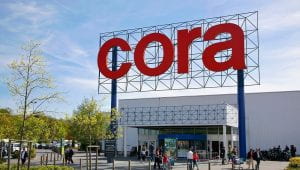 This is the biggest market in Metz and its definitely one you can’t miss. Basically a Walmart and Target combined into a Costco sized warehouse, Cora is the place to find anything you ever need. There are huge selections of housewares, clothing, pastries, meats, and drinks of all sorts. While prices are not much cheaper than those back in Atlanta, it depends on the meats, fruits, and veggies you end up buying. Tropical fruits, such as strawberries, grapes, and mangos are very expensive, almost 1.5 the price than we usually see at home. Meat cuts include parts from all parts of cows, pigs, and chicken, but the one thing you want to keep in mind when selecting cheaper meat is the date of consumption. Many times, the meats must be eaten within the next 1-3 days, so if you’re traveling on the weekend, it’s best to buy the groceries after you return. Overall, Cora scores a 10/10 on the scale. It has almost everything I ever needed and while it’s a 30-minute walk from Lafayette, with the metro pass, you can get there in a matter of minutes.
This is the biggest market in Metz and its definitely one you can’t miss. Basically a Walmart and Target combined into a Costco sized warehouse, Cora is the place to find anything you ever need. There are huge selections of housewares, clothing, pastries, meats, and drinks of all sorts. While prices are not much cheaper than those back in Atlanta, it depends on the meats, fruits, and veggies you end up buying. Tropical fruits, such as strawberries, grapes, and mangos are very expensive, almost 1.5 the price than we usually see at home. Meat cuts include parts from all parts of cows, pigs, and chicken, but the one thing you want to keep in mind when selecting cheaper meat is the date of consumption. Many times, the meats must be eaten within the next 1-3 days, so if you’re traveling on the weekend, it’s best to buy the groceries after you return. Overall, Cora scores a 10/10 on the scale. It has almost everything I ever needed and while it’s a 30-minute walk from Lafayette, with the metro pass, you can get there in a matter of minutes. 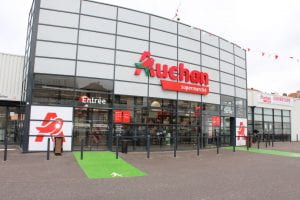 Auchan is a smaller chain supermarket that is closer to Lafayette than Cora. It sells mostly the same things and brands, but overall, Auchan has higher quality pastries and good budget food items. While the veggies selection is not as diverse, it specializes in lot of bio or organic produce that are slightly cheaper than the ones at Cora. From my experience, it is best to go to Auchan earlier in the day when things have been stocked up and when the bakeries just restock on their fresh breads. It scores brownie points for its convenient location and accessibility to Lafayette. Finally, most French groceries stores are highly plastic conscious, so you’ll have to bring your own bags!
Auchan is a smaller chain supermarket that is closer to Lafayette than Cora. It sells mostly the same things and brands, but overall, Auchan has higher quality pastries and good budget food items. While the veggies selection is not as diverse, it specializes in lot of bio or organic produce that are slightly cheaper than the ones at Cora. From my experience, it is best to go to Auchan earlier in the day when things have been stocked up and when the bakeries just restock on their fresh breads. It scores brownie points for its convenient location and accessibility to Lafayette. Finally, most French groceries stores are highly plastic conscious, so you’ll have to bring your own bags! 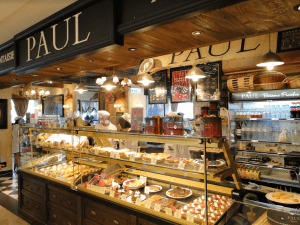 For new French pastry connoisseurs, Paul’s is the perfect place to start exploring. Located just 5 minutes away from GTL, Paul’s has a huge collection of coffees, breads, tarts, and ready-made food just for your convenience. For my first time at Paul’s, I tried their pain au chocolat, a classic French delicacy with chocolate folded into crispy, buttery goodness. Their tarts are amazing with fresh berries and a glaze that isn’t too sweet but also not too sour. Their freshly made baguettes in the morning are perfect for cheese and jam. Overall, the prices are comparable to those in Cora, so you might as well try out what they have and expand your horizons. There are also many tables set up inside for you to get your work done, in an ambient, cozy environment with your favorite pastries. While taste is good, the waiter experience was slightly awkward when we first visited there. If you do not know French, you might want to touch up on some of your basic French phrases before heading over.
For new French pastry connoisseurs, Paul’s is the perfect place to start exploring. Located just 5 minutes away from GTL, Paul’s has a huge collection of coffees, breads, tarts, and ready-made food just for your convenience. For my first time at Paul’s, I tried their pain au chocolat, a classic French delicacy with chocolate folded into crispy, buttery goodness. Their tarts are amazing with fresh berries and a glaze that isn’t too sweet but also not too sour. Their freshly made baguettes in the morning are perfect for cheese and jam. Overall, the prices are comparable to those in Cora, so you might as well try out what they have and expand your horizons. There are also many tables set up inside for you to get your work done, in an ambient, cozy environment with your favorite pastries. While taste is good, the waiter experience was slightly awkward when we first visited there. If you do not know French, you might want to touch up on some of your basic French phrases before heading over. 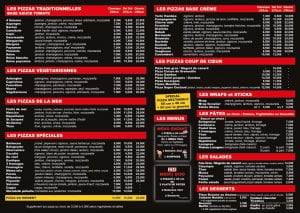 Funny enough, Mamma Mia
Funny enough, Mamma Mia 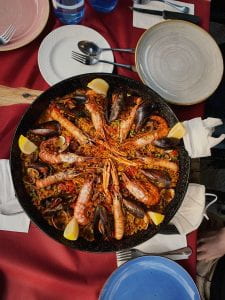
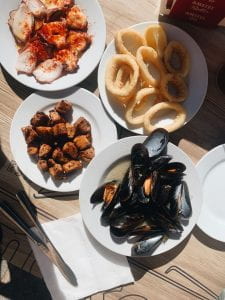
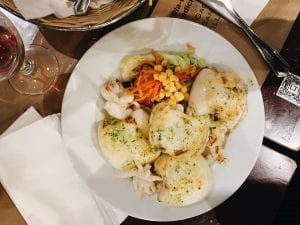
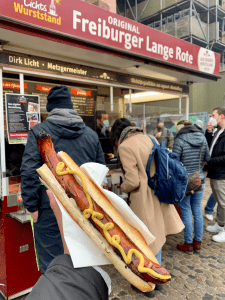

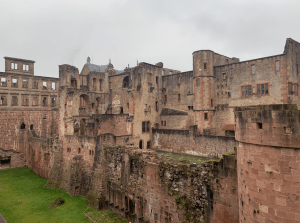
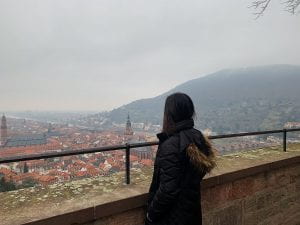 If you ever find yourself looking for a convenient place to go for a weekend, definitely hit up Freiburg and Heidelberg. Although the journey there was a bit chaotic, the experiences and delicious foods we tried in Germany were unforgettable. Overall, a 10/10 way to start my semester at GTL.
If you ever find yourself looking for a convenient place to go for a weekend, definitely hit up Freiburg and Heidelberg. Although the journey there was a bit chaotic, the experiences and delicious foods we tried in Germany were unforgettable. Overall, a 10/10 way to start my semester at GTL. 